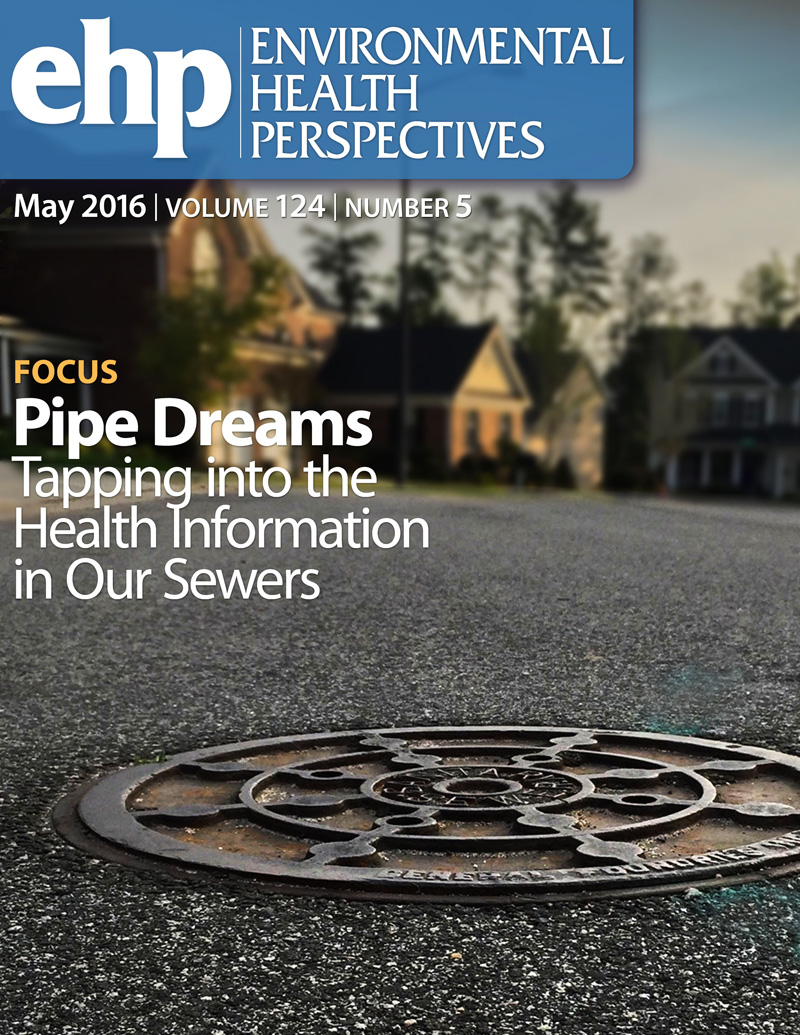野火特定细颗粒物数据来源、方法和模型的科学综述。
IF 9.8
1区 环境科学与生态学
Q1 ENVIRONMENTAL SCIENCES
引用次数: 0
摘要
尽管在减少工业空气污染方面取得了进展,但在气候变化的部分推动下,野火的频率和强度不断上升,构成了重大的健康风险。对野火产生的PM2.5进行准确估计,是推动健康研究、政策制定和环境保护的必要条件。目的本综述评估了估算野火产生的PM2.5的现有方法和数据来源,旨在提高卫生研究、政策制定和环境管理策略的准确性和可及性。方法使用“PM2.5暴露”和“野火PM2.5”等关键词,对Medline、Scopus、Web of Science、谷歌Scholar和Embase(2018年1月至2024年3月)进行了系统的文献检索。如果研究是公开的,集中在北美(主要是美国),并提供野火导致的PM2.5数据,则纳入其中。在2757篇文章中,筛选了418篇全文,其中33篇符合纳入标准。四项研究提供了野火特定的PM2.5估计,由于可访问性问题,一个数据集被排除,留下三个(Aguilera, Childs, Zhang)进行分析。我们使用R在邮政编码级别处理数据以保持一致性,并检查了加利福尼亚州2010年(低火灾活动)和2018年(高火灾活动)的总、野火特定和总PM2.5估计,重点关注洛杉矶(严密监控)和莫多克(无监控)县。分析包括皮尔逊相关、交叉相关和格兰杰因果关系来评估时间关系和一致性。从纳入的33项研究中,出现了三种主要的估计方法:化学提取、阈值法以及卫星和火灾特定数据(例如烟羽、火灾周长)的整合。大多数研究结合了地面监测数据、卫星衍生气溶胶光学深度以及气象学和土地利用等解释性数据。这三个公共数据集表明,在加利福尼亚州,2010年野火特定的PM2.5占PM2.5总量的11.2% - 36.9%,2018年为13.7% - 21.2%,2018年的一致性更强。莫多克县(无监测仪)的相关性较强(2010年为0.44 ~ 0.51;比洛杉矶县(人口稠密地区,20个EPA监测仪,2010年的相关性为0.19 - 0.21,2018年为0.54 - 0.79)高。总体而言,估算PM2.5总量的数据集比估算野火特定PM2.5的数据集更加一致。我们回顾了目前用于野火PM2.5估算的数据来源,并比较了公开可用的数据集。正如预期的那样,野火烟雾对总体PM2.5的贡献随着野火活动的增加而增加。然而,有限的公开数据集阻碍了对卫生研究和结果的全面比较和概括。https://doi.org/10.1289/EHP15672。本文章由计算机程序翻译,如有差异,请以英文原文为准。
A state of the science review of wildfire-specific fine particulate matter data sources, methods, and models.
BACKGROUND
Despite progress in reducing industrial air pollution, rising wildfire frequency and intensity driven in part by climate change, pose significant health risks. Accurate estimates of wildfire-generated PM2.5 are needed for advancing health research, policymaking, and environmental protection.
OBJECTIVE
This review evaluates existing methodologies and data sources for estimating wildfire-generated PM2.5, aiming to improving accuracy and accessibility for health research, policy development, and environmental management strategies.
METHODS
We conducted a systematic literature search across Medline, Scopus, Web of Science, Google Scholar, and Embase (January 2018 to March 2024) using keywords such as "PM2.5 exposure," and "wildfire PM2.5." Studies were included if they were publicly available, focused on North America (primarily the U.S.), and provided wildfire-attributable PM2.5 data. Of 2,757 articles identified, 418 full texts were screened, and 33 met inclusion criteria. Four studies offered wildfire-specific estimates PM2.5, one dataset was excluded due to accessibility issues, leaving three (Aguilera, Childs, Zhang) for analysis. We processes data using R at the Zip Code level for consistency and examined total and wildfire-specific and total PM2.5 estimates for California in 2010 (low fire activity) and 2018 (high fire activity), focusing on Los Angeles (densely monitored) and Modoc (no monitors) counties. Analyses included Pearson correlation, cross-correlation and Granger causality to assess temporal relationships and consistency.
RESULTS
From the 33 studies included, three main estimation approaches emerged: chemical extraction, thresholding, and integration of satellite and fire-specific data (e.g., smoke plumes, fire perimeters). Most studies combined ground-based monitor data, satellite-derived aerosol optical depth and explanatory data like meteorology and land use. The three public datasets indicated that in California, wildfire-specific PM2.5 contributed 11.2% - 36.9% of total PM2.5 in 2010, and 13.7 - 21.2% in 2018 with stronger agreement in 2018. Correlations were stronger in Modoc County (no monitors) (0.44 - 0.51 in 2010; 0.79 - 0.88 in 2018) than in Los Angeles County (densely populated area, 20 EPA monitors, where correlations ranged from 0.19 - 0.21 in 2010 and 0.54 - 0.79 in 2018). Overall, the datasets estimating total PM2.5 were more consistent than wildfire-specific PM2.5 estimates.
CONCLUSIONS
We offer a review of current data sources used for wildfire-specific PM2.5 estimation and compare publicly available datasets. As expected, the contribution of wildfire smoke to overall PM2.5 increased with wildfire activity. However, limited publicly available datasets hinders comprehensive comparisons and generalizations for health research and outcomes. https://doi.org/10.1289/EHP15672.
求助全文
通过发布文献求助,成功后即可免费获取论文全文。
去求助
来源期刊

Environmental Health Perspectives
环境科学-公共卫生、环境卫生与职业卫生
CiteScore
14.40
自引率
2.90%
发文量
388
审稿时长
6 months
期刊介绍:
Environmental Health Perspectives (EHP) is a monthly peer-reviewed journal supported by the National Institute of Environmental Health Sciences, part of the National Institutes of Health under the U.S. Department of Health and Human Services. Its mission is to facilitate discussions on the connections between the environment and human health by publishing top-notch research and news. EHP ranks third in Public, Environmental, and Occupational Health, fourth in Toxicology, and fifth in Environmental Sciences.
 求助内容:
求助内容: 应助结果提醒方式:
应助结果提醒方式:


